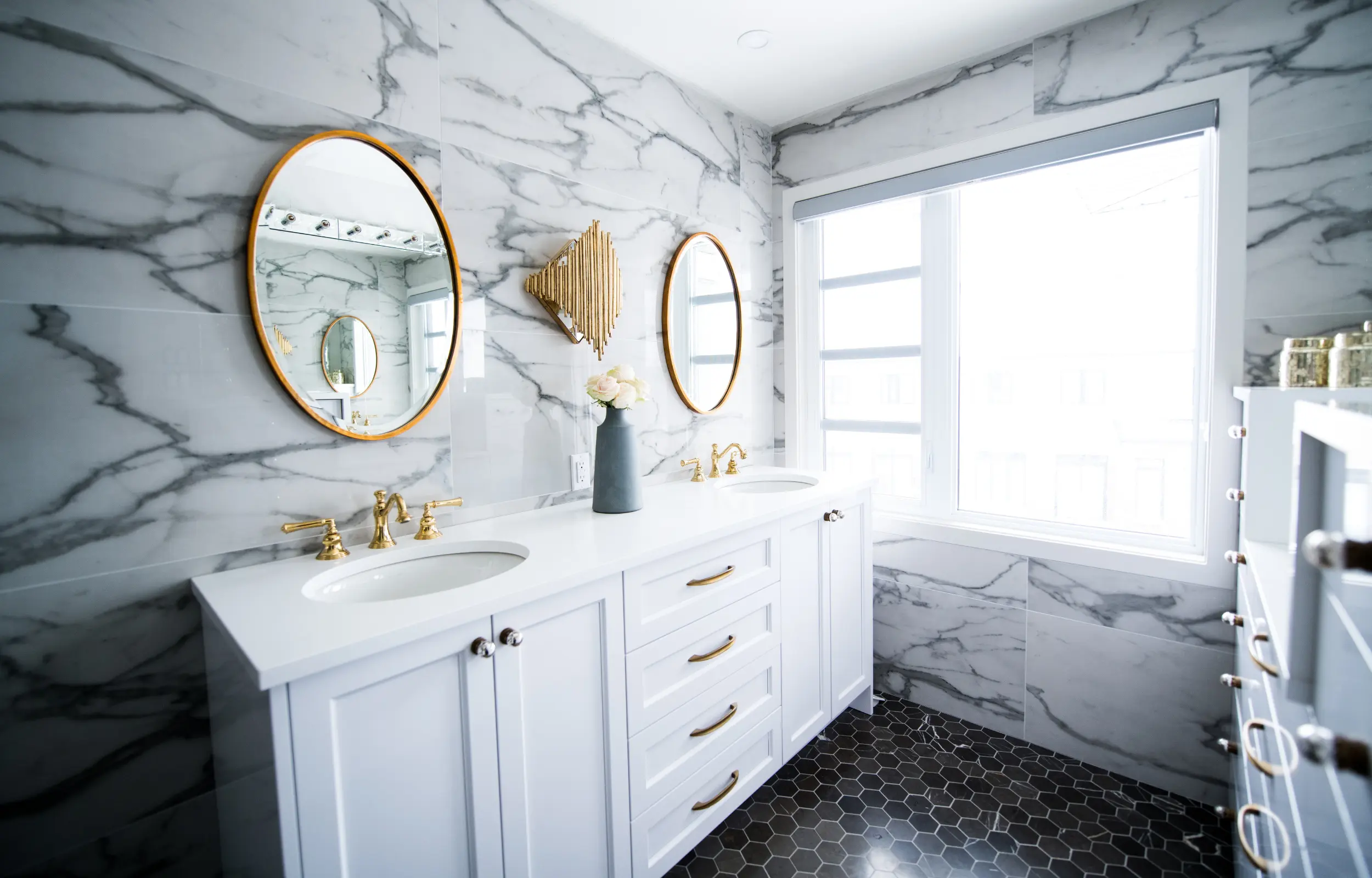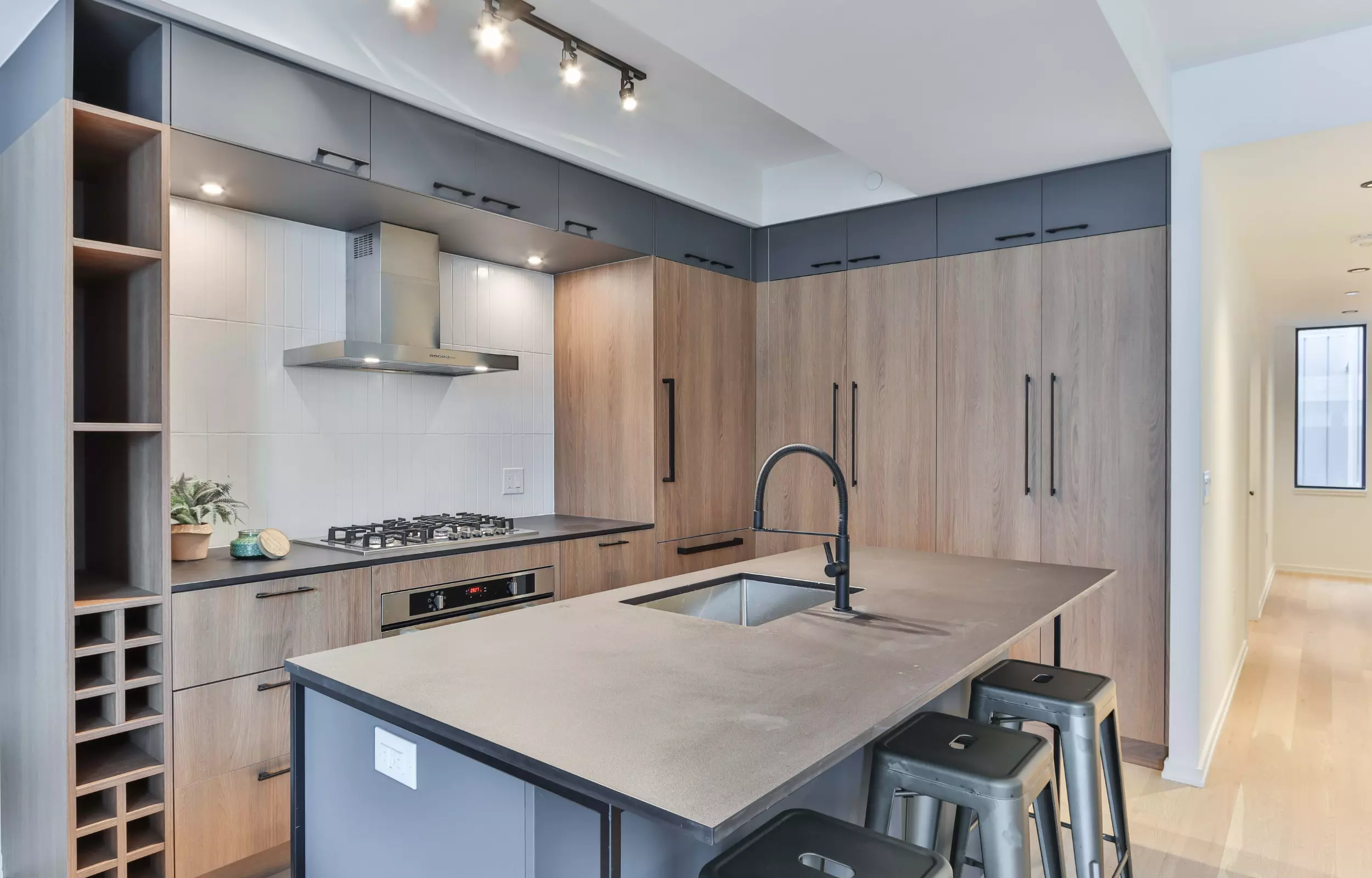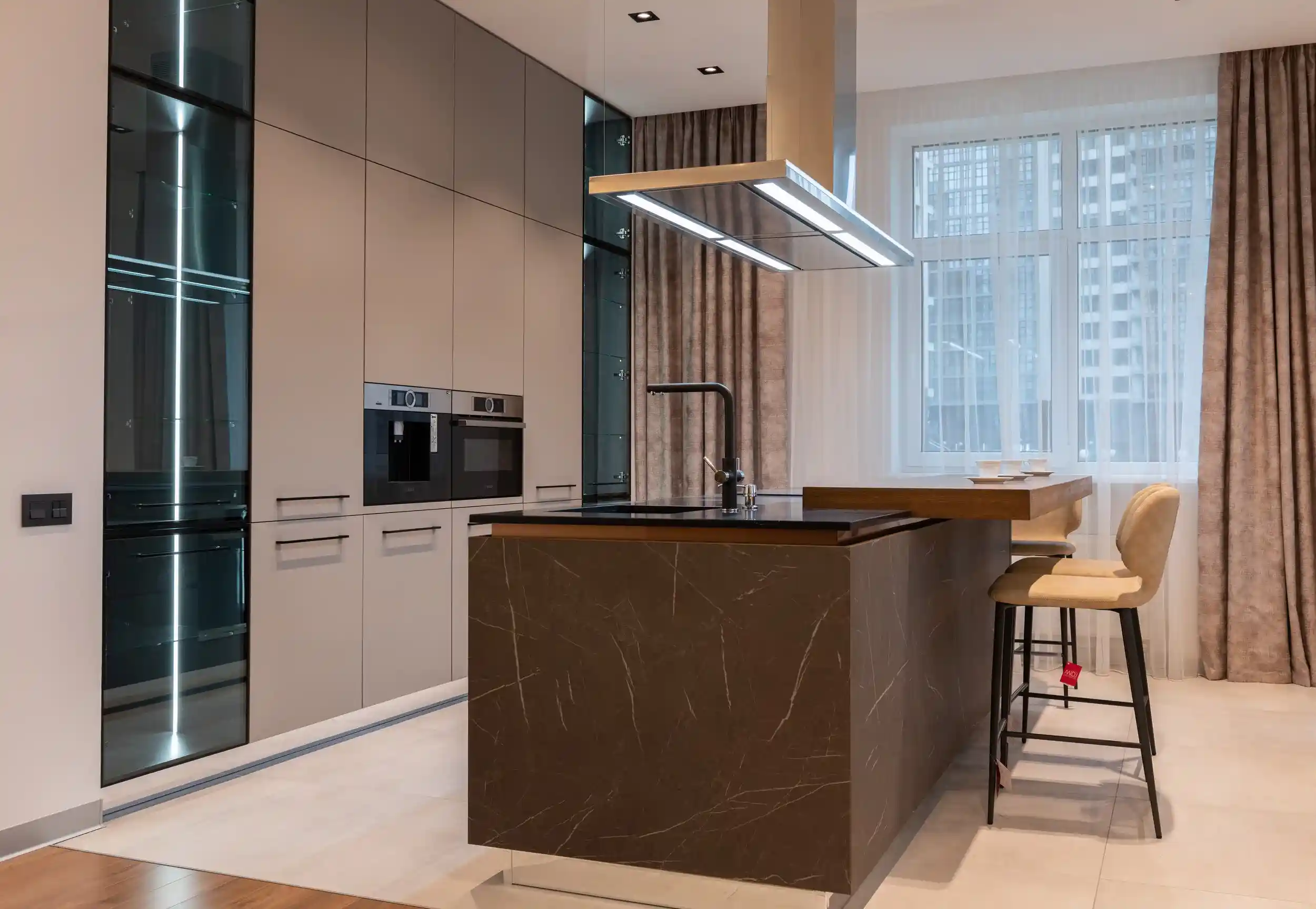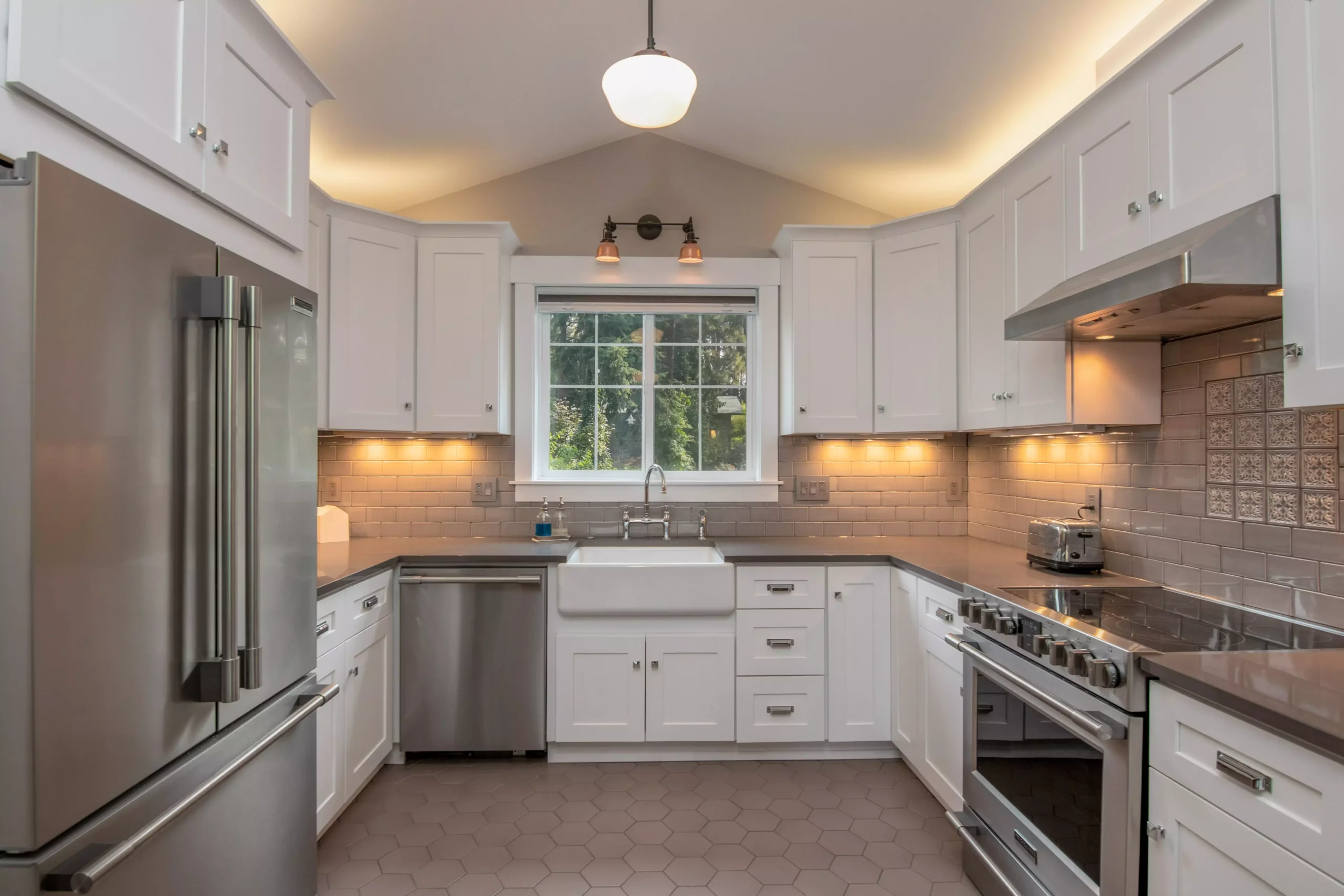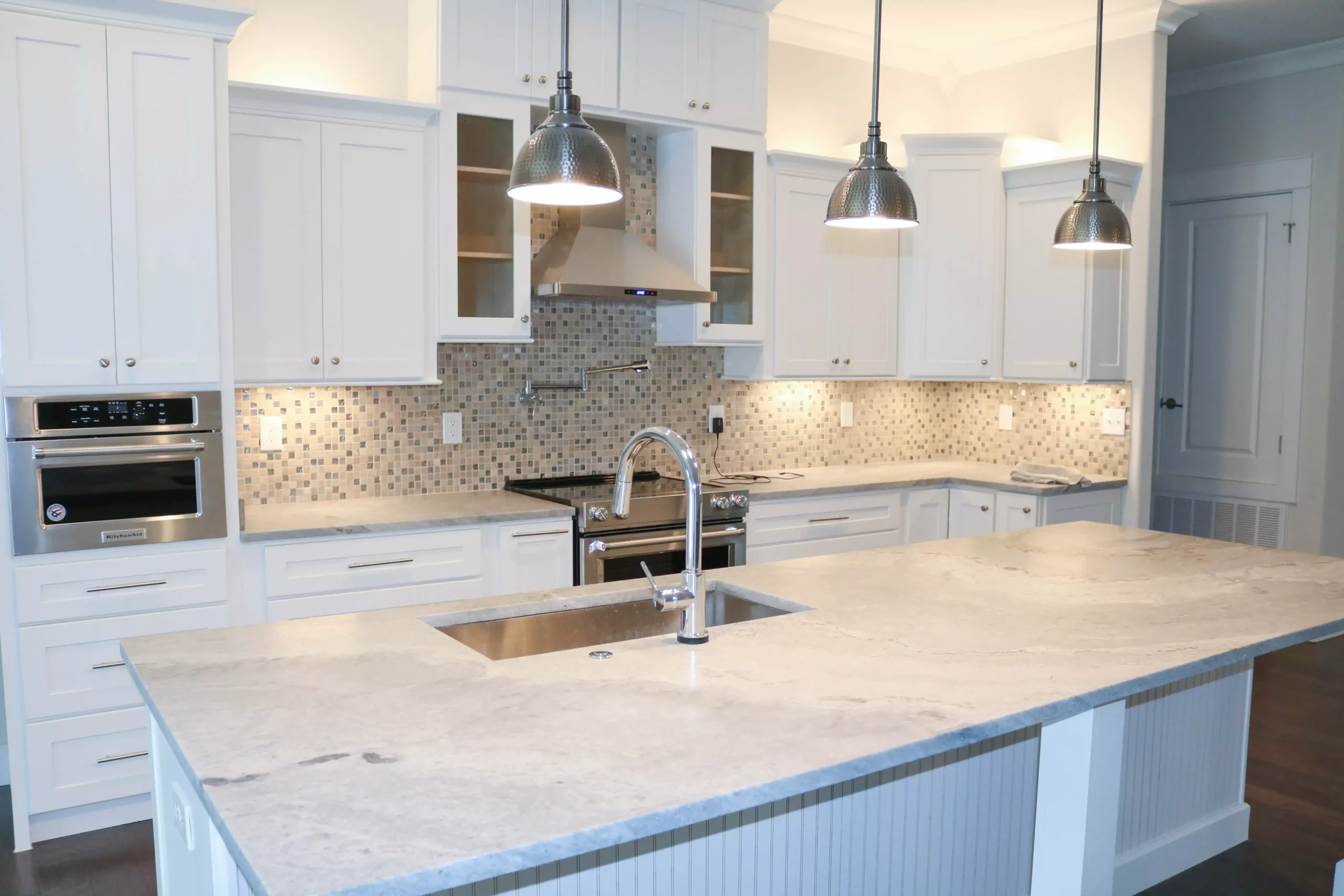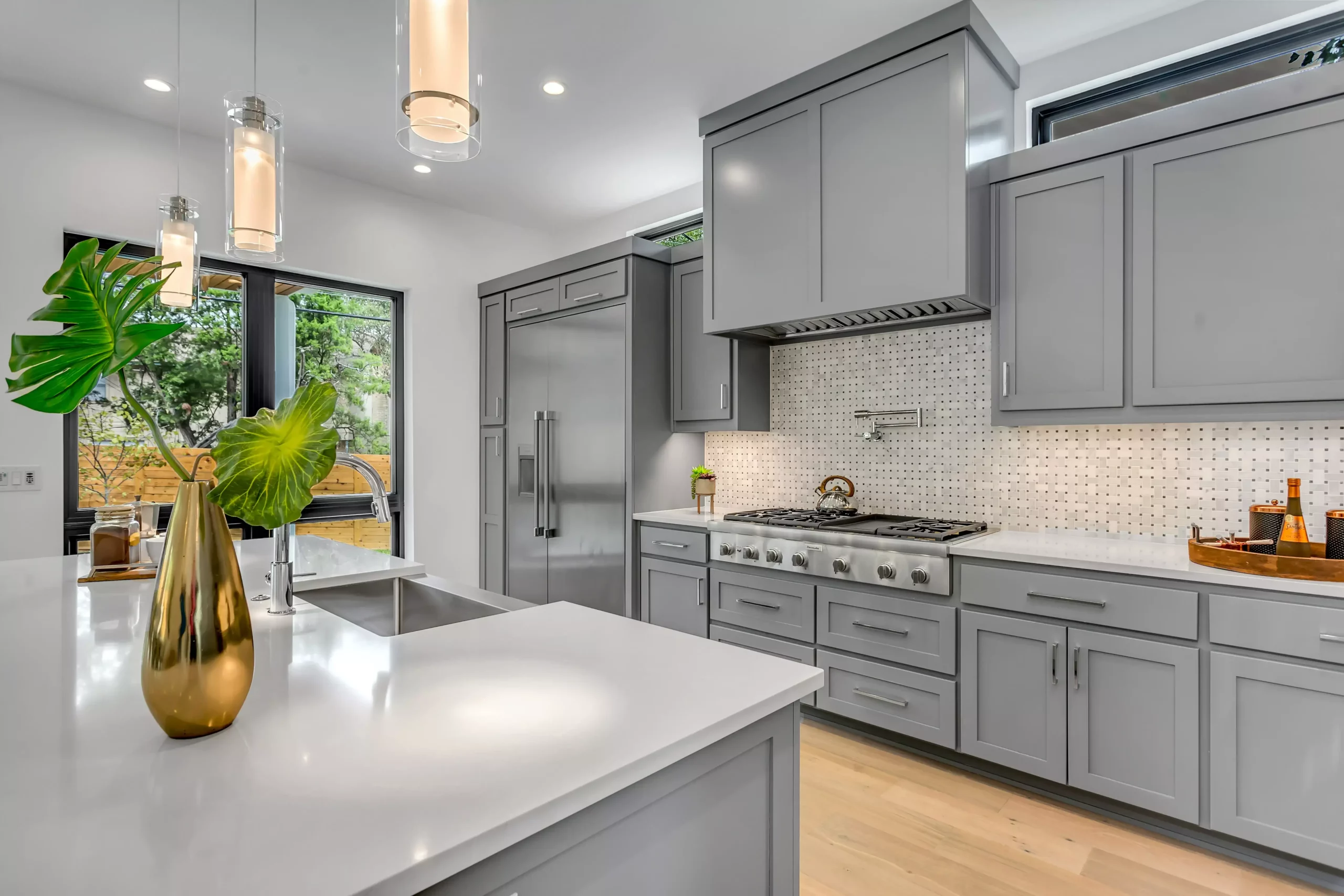Selecting the appropriate wood for your woodworking projects is crucial, especially when considering the impact of climate on wood’s stability, durability, and appearance. Different wood species react differently to changes in temperature, humidity, and other environmental factors, making it essential to choose materials that are well-suited to your local climate. In this guide, we’ll explore the key considerations for choosing the right wood for your climate and offer practical tips to help you make informed decisions.
Understand Climate Factors
Before selecting wood for your project, it’s essential to understand the climate conditions in your area. Factors such as temperature, humidity levels, and seasonal variations can significantly affect the performance and longevity of wood. For example, in humid climates, wood is more prone to swelling and warping, while in arid climates, it may dry out and shrink.
Choose Resilient Wood Species
When choosing wood for outdoor projects or areas prone to moisture exposure, opt for resilient wood species that are naturally resistant to decay and rot. Examples of such species include cedar, redwood, and teak, which possess natural oils and resins that provide protection against moisture and insect damage. These woods are ideal for outdoor furniture, decking, and siding in humid or rainy climates.
Consider Stability and Dimensional Changes
Different wood species exhibit varying levels of stability in response to changes in moisture content. Some woods, such as oak and maple, are relatively stable and less prone to expansion and contraction, making them suitable for interior projects in climates with fluctuating humidity levels. In contrast, woods like pine and fir may be more susceptible to movement and should be acclimated properly before use.
Balance Aesthetics and Functionality
While climate considerations are paramount, don’t overlook the importance of aesthetics and design preferences when selecting wood for your projects. Choose wood species that not only perform well in your climate but also align with your desired look and style. Consider factors such as grain pattern, color, and texture to achieve the desired aesthetic while ensuring durability and performance.
Seek Local Recommendations
Local lumberyards, woodworking clubs, and professionals familiar with your area’s climate can provide valuable insights and recommendations for choosing the right wood for your projects. They can offer guidance on which wood species are best suited to your climate and share tips for proper storage, handling, and finishing to maximize wood performance and longevity.
Conclusion
Choosing the right wood for your climate is essential for ensuring the longevity, performance, and aesthetics of your woodworking projects. By understanding climate factors, selecting resilient wood species, considering stability and dimensional changes, balancing aesthetics and functionality, and seeking local recommendations, you can make informed decisions that result in beautiful, durable, and long-lasting woodwork tailored to your specific climate conditions.



